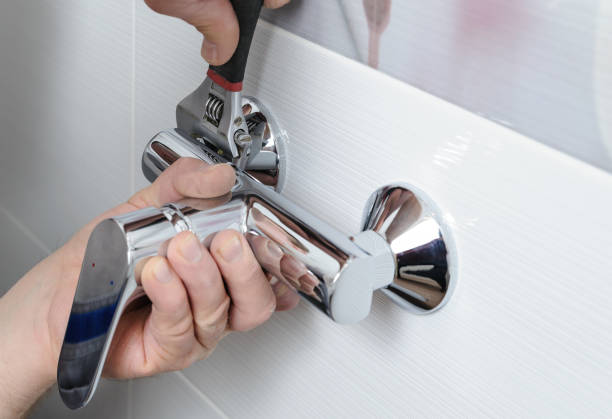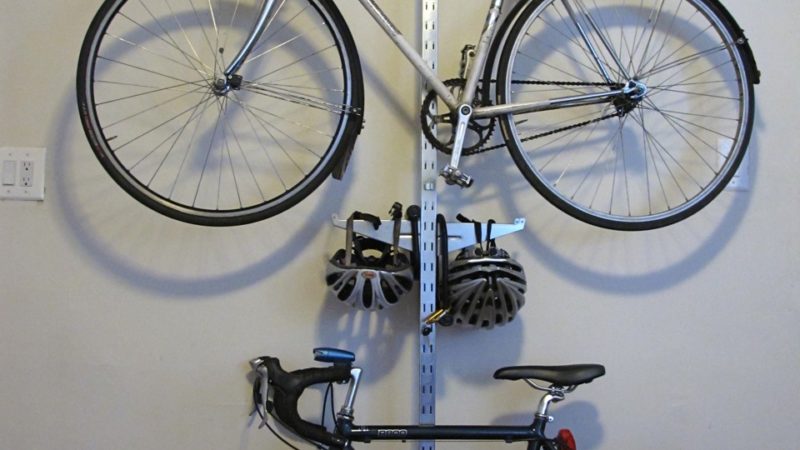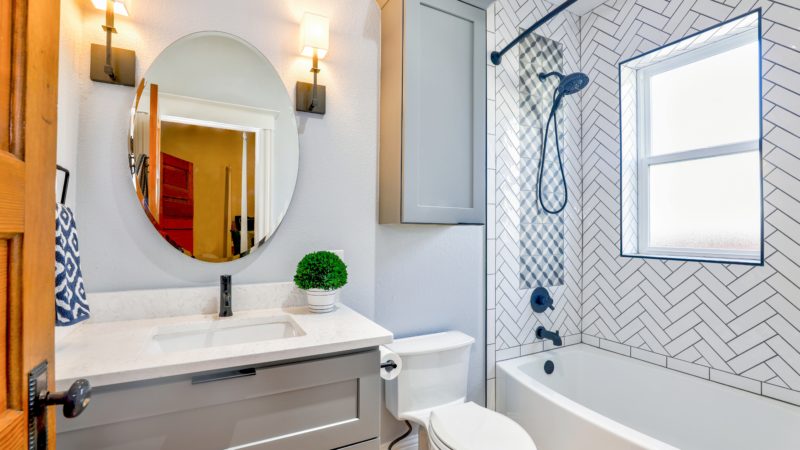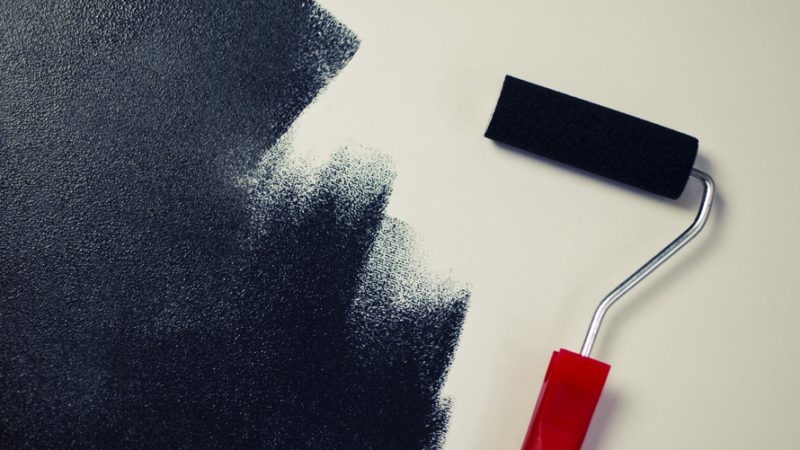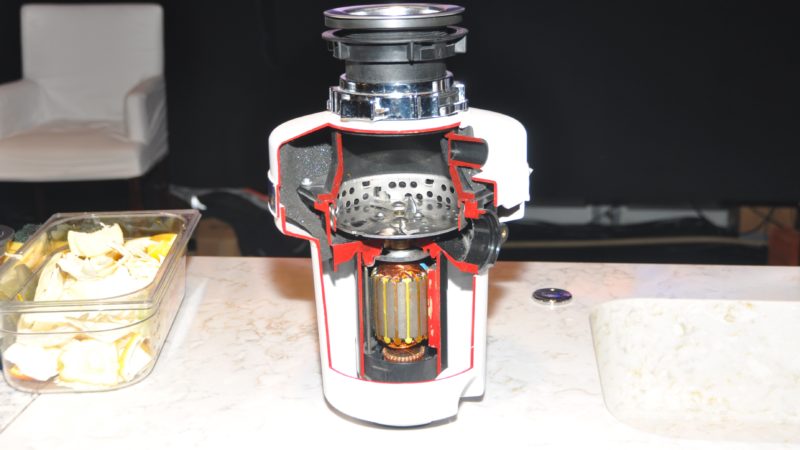Board and Batten: Everything You Need to Know
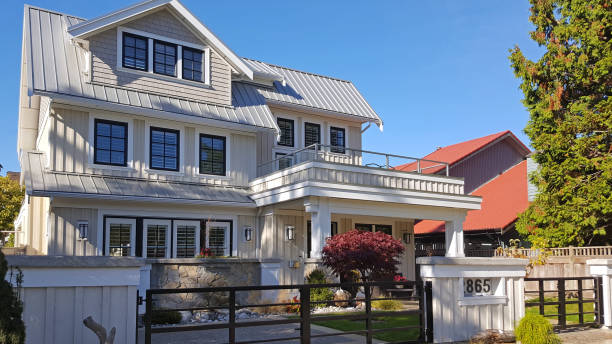
Looking to add some character and charm to your home’s exterior? Board and batten siding might just be the perfect solution. This classic siding style has been around for centuries, but it’s recently experienced a revival in popularity thanks to its timeless appeal and rustic yet modern look. In this article, we’ll cover everything you need to know about board and batten siding – from the different types available, pros and cons of using this material, how to install it yourself or with professional help, maintenance tips so that your new investment stays looking great for years down the line.
What are Board and Batten?

Board and batten is a type of siding that uses vertically placed boards and narrow strips, known as battens, to create an attractive pattern. This method has been used for centuries to protect buildings from the elements while adding design flair.
The term “board” refers to the wider planks of wood used in this siding style. Meanwhile, “batten” describes the vertical strips secured over the seams between each board. These battens help keep moisture out while providing extra stability to your home’s exterior.
Board-and-batten siding is often found in informal architectural styles such as cottages, farmhouses or cabins. Still, it’s also being embraced by modern architecture since they offer unique textures and patterns not found in other cladding options.
Board and batten provide a visually exciting look that adds character to any structure and durability against harsh weather conditions.
The Different Types of Board and Batten Siding
Board and batten siding is a popular choice for homeowners who want a rustic, natural look for their homes. Several different types of board and batten siding are available on the market today.
Wood Board and Batten Siding
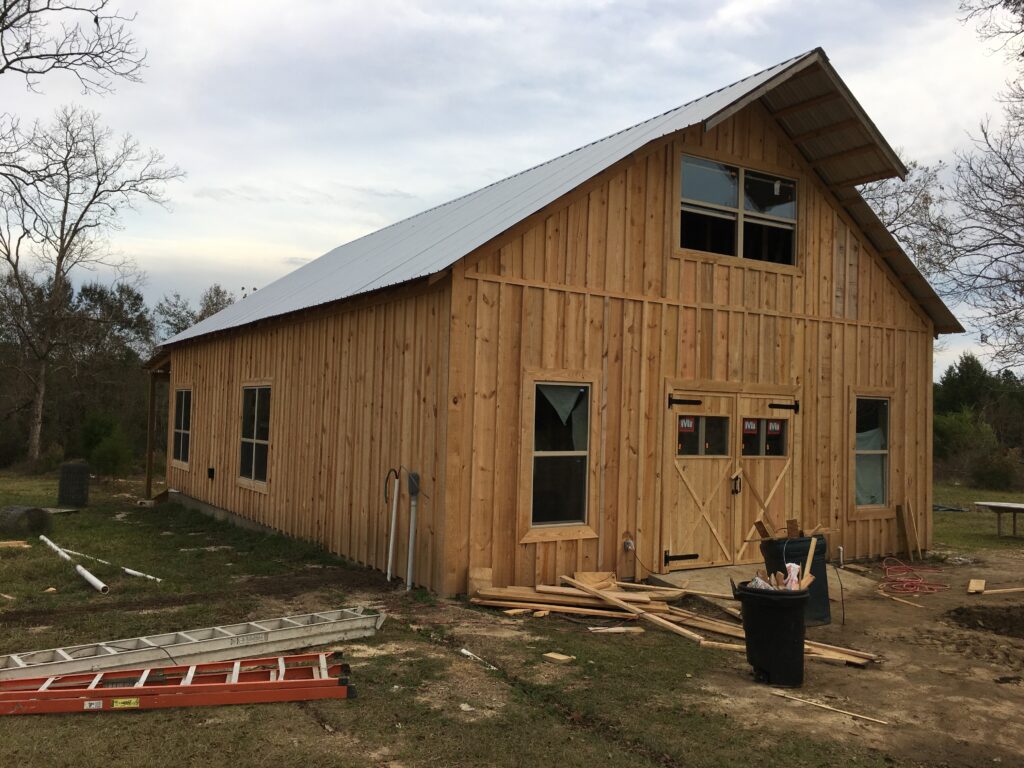
This is the traditional type of board and batten siding and is made from real wood boards and battens. It can be made from a variety of woods, such as cedar, redwood, or pine, and can be painted or stained to match the home’s exterior. It has a rustic texture and gives a warm, natural look to the home.
This traditional option gives your home an authentic, classic appearance that many homeowners find appealing. However, it does require regular maintenance to keep it looking its best.
Vinyl Board and Batten Siding

Vinyl board and batten siding is a popular choice due to its durability and low maintenance. It is made from polyvinyl chloride (PVC) and can be made to look like wood grain. It is available in a variety of colors and does not require painting or staining.
This low-maintenance option offers the same rustic appeal as wood but doesn’t require staining or painting. It’s also more durable than wood, making it a good choice for areas prone to harsh weather conditions.
Fiber Cement Board and Batten Siding
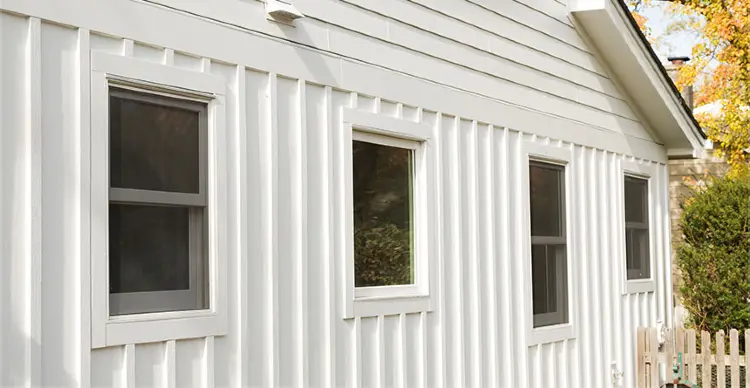
Fiber cement board and batten siding is made from a blend of sand, cement, and cellulose fibers. It is a durable and low-maintenance option that can mimic the look of wood. It is resistant to rot, insects, and fire, making it a great choice for homes in areas with extreme weather conditions.
Metal Board and Batten Siding

Metal board and batten siding is made from aluminum or steel and is a durable and low-maintenance option. It is available in a variety of colors and finishes and can be made to mimic the look of wood. It is resistant to rot, insects, and fire, making it a great choice for homes in areas with extreme weather conditions.
Fibre cement board and batten siding are other popular options among homeowners. This material looks like real wood but requires less maintenance than traditional wooden options. It’s also highly resistant to moisture damage, so you don’t have to worry about rotting or warping over time.
There’s steel board and batten sidings, which offer unmatched durability in all kinds of weather conditions while still maintaining that chic farmhouse vibe most people love!
When choosing the right type of board and batten siding for your home, consider factors such as cost, durability, maintenance requirements, aesthetics preferences and environmental concerns before deciding what works best for you!
Pros and Cons of Board and Batten Siding
Board and batten siding is popular for homeowners because of its unique visual appeal. However, like any other home improvement project, it has advantages and disadvantages.
Pros:
Adds Visual Interest
Board and batten siding adds texture and visual interest to the exterior of a home, making it stand out from other homes in the area.
Durable
Board and batten siding is durable and can withstand harsh weather conditions, such as heavy rain, wind, and snow.
Customizable
Board and batten siding can be made from a variety of materials and can be painted or stained to match the home’s exterior. It can also be installed vertically, horizontally, or diagonally, allowing for a customized look.
Low Maintenance
Some types of board and batten siding, such as vinyl and fiber cement, require little to no maintenance and do not need to be painted or stained.
Cons:
Cost
Board and batten siding can be more expensive than other siding materials, such as vinyl or aluminum.
Installation
Board and batten siding requires a skilled installer to ensure that it is properly installed and sealed to prevent water damage.
Prone to Water Damage
If not installed properly or if the siding material is not moisture-resistant, board and batten siding can be prone to water damage, which can lead to rot and decay.
Not Energy-Efficient
Board and batten siding does not provide as much insulation as other siding materials, such as insulated vinyl or fiber cement.
Benefits
One major advantage of board and batten siding is that it provides excellent insulation for your home. This type of siding creates an extra layer between the exterior walls and the interior living space, which helps to keep the house warm in winter and cool in summer.
Another benefit is the board-and-batten’s durability. It can withstand harsh weather conditions such as strong winds, heavy rain, or snowstorms. It also resists decay, rotting or insect infestation more effectively than other types of sidings.
On the flip side, board-and-batten siding may require frequent maintenance compared with some other options on the market. The vertical boards create openings that allow moisture to enter behind them, leading to potential mold growth if not properly maintained over time.
Also, installation costs can be relatively high due to the labor-intensive work involved in creating this style look on your exterior wall surface; however, once installed correctly, it will add value to your property by enhancing curb appeal.
Moreover,board-and-batten offers significant benefits ranging from outstanding insulation qualities to exceptional durability but requires regular care and higher initial installation costs making it necessary for homeowners who want a distinct aesthetic appearance without sacrificing functionality.
How to Install Board and Batten Siding?
Installing board and batten siding requires some basic knowledge of carpentry, but it is a relatively straightforward process that most DIY enthusiasts can accomplish. The first step in installing board and batten siding is to prepare the surface where it will be installed.
If you are installing board and batten over an existing wall, ensure it is clean, dry, and free of any loose or peeling paint. If you start from scratch with a new building project, ensure your sheathing is nailed appropriately before you start.
Next up is measuring the area where the siding will go so that you can cut the boards to fit correctly. Ensure that each piece of wood fits snugly into place without leaving gaps between them.
Once all of your boards have been cut to size, apply furring strips horizontally along the length of your wall at equal intervals for support purposes. This makes nailing in easier for vertical stripes afterwards.
Summarized:
Installing board and batten siding is a great way to add texture and visual interest to the exterior of a home. Here is a step-by-step guide on how to install board and batten siding:
Materials needed:
- Board and batten siding (wood, vinyl, fiber cement, or metal)
- Nails or screws
- Tape measure
- Chalk line
- Circular saw or hand saw
- Level
- Hammer or drill
Steps:
- Measure the walls: Measure the height and width of the walls to determine how much siding material will be needed.
- Prepare the walls: Remove any existing siding and trim, and repair any damaged areas of the wall. Install a water-resistant barrier, such as housewrap, over the wall to protect against moisture.
- Install the furring strips: Install horizontal furring strips every 16 inches on center over the water-resistant barrier. This will create a flat surface for the siding to be installed on and will help with ventilation.
- Install the starter strip: Install a starter strip along the bottom of the wall, making sure it is level. This will provide a base for the first row of siding.
- Install the boards: Install the boards vertically, starting at one end of the wall. Use a level to ensure that each board is plumb and level. Nail or screw the boards to the furring strips, making sure to leave a gap between each board for expansion and contraction.
- Install the battens: Install the battens over the gaps between the boards, nailing or screwing them to the furring strips. Make sure the battens are level and evenly spaced.
- Finish the corners: Cut the board and batten siding to fit around windows, doors, and corners. Install trim around the corners to provide a finished look.
- Finish the top and bottom: Install a trim board along the top and bottom of the siding to provide a finished look and to prevent water from getting behind the siding.
- Paint or stain the siding: Once the siding is installed, it can be painted or stained to match the home’s exterior.
- Install each vertical strip using screws or nails at even intervals on top of your horizontal furring stripes until every gap has been covered evenly throughout the entire wall surface being worked on.
Maintenance Tips for Board and Batten Siding
Maintaining board and batten siding is relatively low maintenance, but you can still do a few things to keep it looking its best. Here are some tips for maintaining your board and batten siding:
- Regularly clean your siding with a soft-bristled brush or pressure washer set at a low setting to remove dirt, grime, and other debris that may accumulate over time. Avoid using abrasive cleaners or tools, as they can cause damage to the wood.
- Inspect your siding for any signs of damage, such as cracks or rotting boards. Replace any damaged boards immediately to prevent further deterioration.
- Ensure that the caulking around the edges of the boards is intact and not cracked or missing. This will help prevent water from seeping in behind the siding, which could lead to mold growth and other issues.
- Consider applying a protective finish every few years to help maintain the appearance of your board and batten siding. A clear sealant will protect against moisture while allowing the natural beauty of the wood grain to show through.
By following these simple maintenance tips, you can ensure that your board and batten siding remains beautiful for many years!
Board-and-batten siding is often found in informal architectural styles.
Board-and-batten siding is popular for homeowners looking to create a rustic, informal feel for their homes. This type of siding has been around for centuries and was originally used on barns and other agricultural buildings.
Board-and-batten siding works so well in informal architectural styles because it gives the home a warm, traditional look. The vertical boards provide texture and depth, while the battens add interest to the overall design.
Another benefit of board-and-batten siding is that it can be painted or stained in any colour you choose. This means you can customize your home’s exterior to match your style, whether you prefer bold colours or muted tones.
Board-and-batten siding works well with other natural materials like stone or wood shingles. These materials complement each other perfectly and create an inviting atmosphere for your home.
If you’re considering board-and-batten siding for your home, remember that this option requires regular maintenance to ensure its longevity. However, with proper care, this type of siding can last for decades and provide a beautiful backdrop for your life at home.
Board and Batten Materials
When it comes to board and batten siding, the materials used can significantly impact its durability and overall appearance. Traditionally, wood was the go-to material for this type of siding. However, technological advancements now offer homeowners a variety of options.
One popular choice is fibre cement. This material offers many benefits, including being resistant to rotting and insect damage while also having the ability to mimic other textures like wood or stucco. Another option is vinyl which is low maintenance and available in various colours.
For those who prefer an eco-friendly approach, there’s continually reclaimed or salvaged wood repurposed into new boards. While aesthetically pleasing, it requires more upkeep than other materials but has a character that cannot be replicated by anything else.
Ultimately, choosing the right material for your board and batten siding will depend on factors such as climate, personal preference and budget constraints. It’s important to research beforehand to make an informed decision that will last years!
Board and Batten Architectural Styles

Board and batten siding is often found in informal architectural styles due to its rustic, textured appearance. Its popularity of this type of style can be traced back to the 19th century when it was commonly used on barns and farmhouses.
One popular architectural style that utilizes board and batten siding is the Cape Cod style. This classic American home design features steep roofs with dormer windows, a symmetrical façade, and a central chimney. Board and batten siding adds texture to these homes’ simple yet elegant design.
Another style that incorporates board and batten siding is the modern farmhouse trend. This popular style combines traditional farmhouse elements with sleek modern touches such as black window frames, white exteriors, and minimalistic landscaping. Board and batten siding adds character to these homes while providing a timeless look.
Contemporary architecture also uses board and batten siding by incorporating it into minimalist designs featuring sharp lines, dramatic angles, large windows, flat roofs or cantilevers creating eye-catching visual interest through contrasting textures that catch the light at different angles throughout the day.
Board-and-batten sidings’ unique versatility allows it to work well within many different architectural styles from classic country places to contemporary urban residences achieving an impact no matter what kind of exterior it adorns!
Board and Batten Cost
One of the most important factors to consider when installing board and batten siding is its cost. The overall price will depend on a number of different factors, including the materials used, the size of your home, and whether you choose to hire a professional installer or do it yourself.
The most common material for board and batten siding is wood, with cedar being a popular choice due to its durability and resistance to rot. However, other materials like vinyl or fibre cement can also be used at varying costs.
The cost of board and batten siding varies depending on the material used, the size of the home, and the cost of labor. Here is a breakdown of the estimated cost of board and batten siding based on the most common materials:
Wood
The cost of wood board and batten siding can range from $2 to $8 per square foot, depending on the type of wood used and the location of the home. In addition to the cost of the siding material, there may be additional costs for staining or painting the wood.
Vinyl
Vinyl board and batten siding is typically less expensive than wood, with costs ranging from $1.50 to $5 per square foot. Vinyl siding is also low maintenance, which can save on future upkeep costs.
Fiber Cement
Fiber cement board and batten siding costs range from $3 to $10 per square foot. While fiber cement siding is more expensive than vinyl, it is more durable and can better withstand harsh weather conditions.
Metal
Metal board and batten siding is the most expensive option, with costs ranging from $6 to $12 per square foot. However, metal siding is extremely durable and long-lasting, which can make it a good investment for homeowners.
In terms of installation expenses, if you are comfortable working with tools and have experience in DIY projects, then completing this project on your own can save you money. If not, hiring a professional contractor may be necessary, adding cost.
Ultimately, the total expense for board and batten siding will vary depending on these factors. It’s best to get quotes from multiple contractors or suppliers before making any decisions so that you can compare prices accurately.
How to Make a Board and Batten Wall Accent?
A board and batten wall accent is a great way to add visual interest and texture to any room. Here’s how you can create your own:
Materials:
- 1×4 boards
- 1×2 boards
- Wood glue
- Finishing nails
- Paint or stain
- Paintbrush or roller
- Saw
- Measuring tape
- Level
- Pencil
Instructions:
- Measure the wall where you want to install the board and batten accent. Decide how many vertical battens you want and how far apart you want them to be. Generally, they are spaced about 12 inches apart.
- Cut your 1×4 boards to the desired length for the horizontal boards. You will need one for the top and one for the bottom of the wall.
- Cut your 1×2 boards to the desired length for the vertical battens.
- Use wood glue and finishing nails to attach the top and bottom 1×4 boards to the wall, ensuring they are level.
- Use a measuring tape and pencil to mark where the vertical battens will go.
- Apply wood glue to the back of each 1×2 batten and attach them to the wall using finishing nails. Make sure they are level and evenly spaced.
- Fill in any nail holes or gaps with wood filler and sand the entire wall smoothly.
- Paint or stain the wall and battens the colour of your choice.
- Once the paint or stain is dry, admire your new board and batten wall accent!
Note: If you want a more rustic look, you can distress the wood before installing it by using a hammer or wire brush to create dents and scratches. You can also use reclaimed wood for a more eco-friendly option.
Some FAQs
Is board and batten hard to maintain?
Board and batten are rather easy to maintain, especially if made of a durable material such as vinyl or fibre cement. It may require rare cleaning to remove dirt and debris, but it does not require regular painting or sealing.
What are the rules for board and batten?
There are no hard and fast rules for board and batten, as it is a versatile design element that can be customized to fit any space. However, it is important to ensure that the battens are spaced evenly and that they are level.
What material is used for board and batten?
Board and batten can be made from a variety of materials, including wood, vinyl, fibre cement, and metal. The choice of material will depend on durability, cost, and aesthetic preference.
Are board and batten always vertical?
Traditionally, board and batten are installed vertically, with the battens running perpendicular to the horizontal boards. However, installing it horizontally or even diagonally is possible for a unique look.
Can board and batten be installed horizontally?
Yes, board and batten can be installed horizontally, although this is less common than vertical installation. Horizontal board and batten can create a sleek, modern look that works well in contemporary spaces.
How thick are the board and batten?
The thickness of the board and batten can vary depending on the material used and the desired look. For example, wood board and batten maybe 1 inch thick, while vinyl board and batten may be thinner.
What is the spacing for the board and batten?
The spacing for board and batten generally ranges from 8 to 12 inches, although this can vary depending on the size of the wall and the desired look. Ensuring that the spacing is even and consistent throughout the installation is important.
Is board and batten smooth?
The board and batten can be smooth or textured, depending on the material used and the desired look. For example, wood board and batten may have a rough, rustic texture, while vinyl board and batten may be smooth and uniform.
What is the length of the board and batten?
The length of the board and batten can vary depending on the material used and the desired look. For example, wood board and batten may come in lengths of 8, 10, or 12 feet, while vinyl board and batten may come in longer lengths to minimize seams.
Conclusion
In conclusion, board and batten are a versatile design elements that can add texture, visual interest, and architectural detail to any space. Whether installed vertically, horizontally, or even diagonally, board and batten can create a unique and customized look that complements any design style, from traditional to modern. The choice of material, spacing, and size of the boards and battens can be tailored to fit any space and budget, making it a great option for new construction and remodelling projects. With its durability, ease of maintenance, and timeless appeal, board and batten is a design elements that will stand the test of time.

